How to properly wash and iron a pleated skirt?

A pleated skirt is an elegant and romantic attribute of a woman's wardrobe. It looks great on any figure and allows you to harmoniously combine it with many things. However, in order for the product to always look beautiful and attractive, it must be properly looked after.
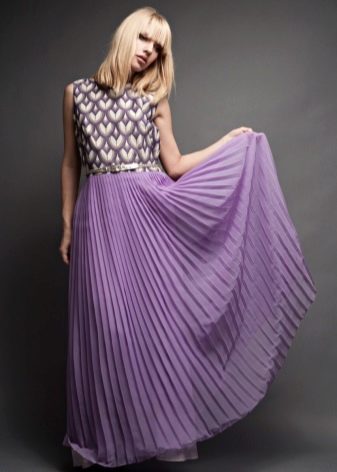

Washing features
One of the main steps in pleated skirt care is washing.
The process has its own nuances and is carried out according to certain rules. Before starting to wash the pleated pleats, it is necessary to carry out a number of preparatory measures. To do this, you need to put the skirt on a hard, even surface, smooth out all the folds and fold them according to the bends.
Then you should take a thin needle, thread a silk thread through it and sew each fold from the waist to the edge of the hem with large stitches. After that, the product needs to be twisted not very tightly and placed in a nylon stocking. In order to prevent the skirt from falling out of the impromptu cover during washing, the end of the stocking should be tied.
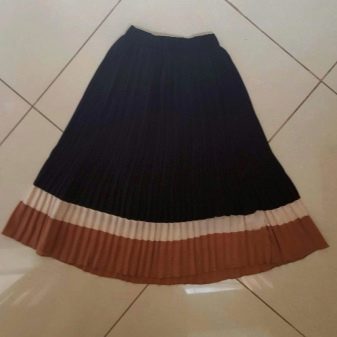
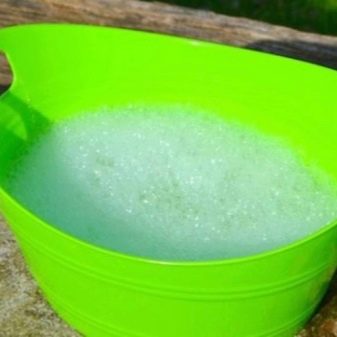
It is recommended to hand wash your pleated skirt using liquid soap and conditioner. The water temperature in the basin should not exceed 40 degrees, otherwise the skirt can be strongly deformed, and the folds will straighten.
During the washing process, it is not recommended to strongly influence the product; in case of heavy contamination, it is better to leave it in soapy water for 10 minutes. It is not recommended to keep corrugated things in water for longer: this can lead to straightening of the folds and require urgent measures to be taken to re-form them.
After the item is washed, you need to rinse it in several waters, adding conditioner. Then you need to get the skirt out of the water and carefully hang it by the belt.It is not recommended to wring out the product. Before machine wash, the skirt is also stitched and placed in a nylon bag, after which it is scrolled using the manual or delicate wash modes at low speeds. Spinning the product in a centrifuge is also strictly prohibited.
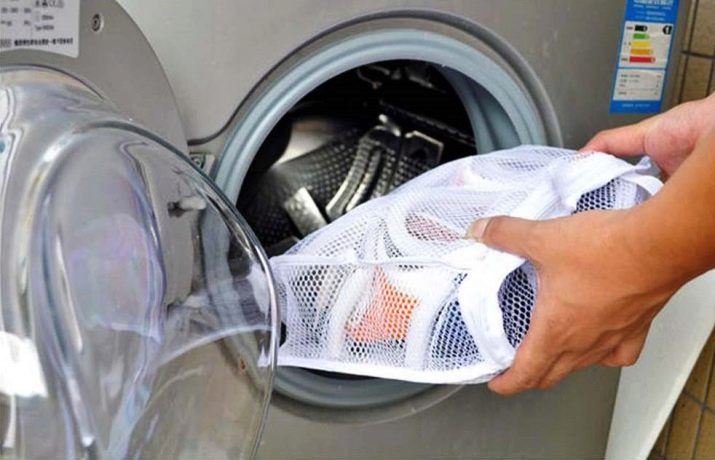
The subtleties of ironing products
How pleated skirts are ironed depends entirely on the materials from which they are made. So, it is better to iron a school synthetic or woolen model from the seamy side, laying damp gauze on top. However, before you steam out the folds, you should read the information on the label, as some polyester items are not recommended to be ironed in principle. In such a situation, you can do without a steamer and use the steam bath effect.
To do this, hang a corrugated skirt over the bathroom on a clothesline or hanger and turn on hot water for 15 minutes. At the same time, the door to the room must be tightly closed. After the bathroom is filled with steam, you need to gently straighten each fold with wet hands and leave the product on the rope until it dries completely. With woolen models, everything is much simpler: they are well steamed through gauze, and their folds do not lose their original forms for a long time.
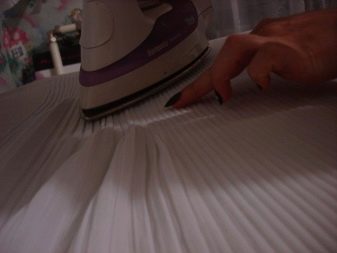
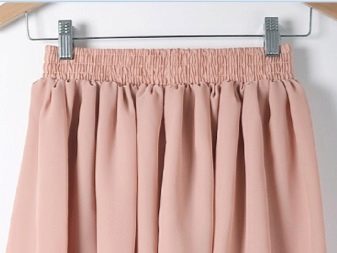
Chiffon products are considered the most difficult to iron and require special care and accuracy. This is due to the fact that a drop of water accidentally falling on the material will leave a stain, which can only be removed by repeated washing. It is recommended to iron such products without using steam, without pressing the iron. After the chiffon flute has been ironed, it must be left alone for 10 minutes. During this time, the fabric will cool down and take the desired shape.
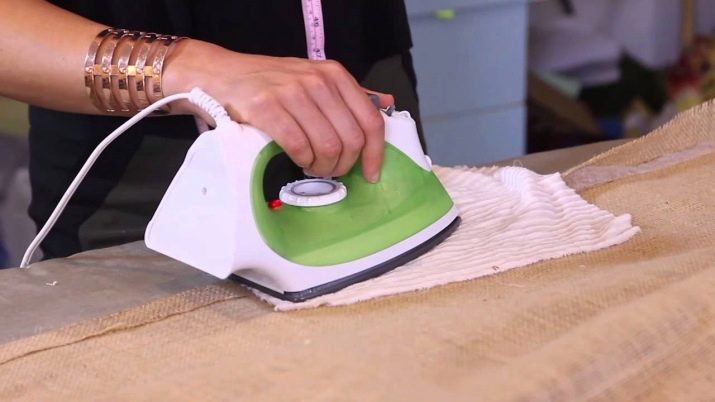
A jersey skirt often has a lining, which is turned inside out during ironing and ironed separately. To iron knitted, as well as corduroy, models, you need to from the front side through a damp cloth. However, you should not work too actively with the iron, and the process of ironing such fabrics should more resemble steaming than smoothing. After the thing has been ironed, it should be hung by the belt on a rope and all the folds should be examined. If you find problem areas with indistinct bending lines, you need to correct the situation with the help of a vertical steamer.
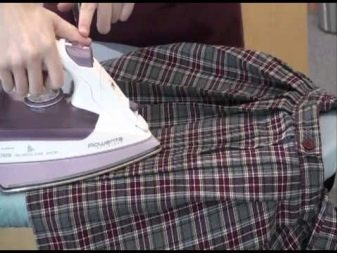
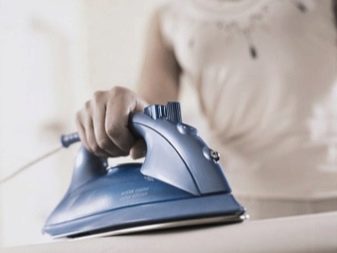
Silk models are ironed from the inside through gauze. Just as in the case of chiffon, drops should not be allowed to fall on the material. This can cause burning wet areas or discoloration in these areas.
The leatherette skirt should be ironed from the wrong side through damp gauze at an iron temperature of 35 degrees. Smoothing should be done carefully, barely touching the material, moving from the waist to the hem of the garment. If you have a steam generator or a vertical steaming function for the iron, you can use them by holding the device at a distance of 10-15 cm from the product. The steam bath effect also smoothes out wrinkled wrinkles on leatherette items. To do this, hang the skirt over the bathroom, turn on the boiling water and manually straighten all the folds over the steam. In the same way, you can straighten a crumpled tulle skirt, however, its time over the steam can be reduced to 5-7 minutes. The material is quite malleable and quickly takes on its original forms.


Wrinkle restoration techniques
Often, after a long wear or an unsuccessful wash, the pleats straighten out, and the thing loses its former attractiveness. However, such a product should not be thrown away, since there is an effective way to return it to its original appearance at home. To do this, grate half a piece of laundry soap on a coarse grater and dissolve it in 1 liter of warm water. Then, to the resulting composition, you must add egg white, 1 tbsp. l. vinegar and 1 tsp. starch. All components must be mixed well and placed in this solution with a soft cotton cloth or thick gauze.
While the material is in the solution, you should re-form the straightened folds and baste them with a thin thread with frequent stitches. Then the skirt should be laid out on an ironing board, previously covered with a dry, clean cloth, and any creases should be straightened. Next, you need to slightly wring out the soaked gauze and carefully cover the skirt with it. After the folds are ready to be ironed, you need to take a large sheet of paper, spread it over the gauze and start ironing.
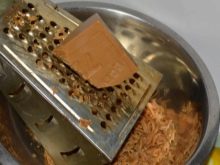


The use of a paper sheet is a prerequisite for performing this procedure. Otherwise, the egg white in the solution will begin to stick to the iron and quickly ruin the soleplate.
After all the damaged folds have been re-formed, remove the cloth with paper and leave the product on the board to dry completely. Then hang the skirt on a hanger or rope and leave it for a couple of hours.
Careful handling and competent care of the pleated skirt significantly increase the service life of the product and allow it to maintain its original appearance for a long time.
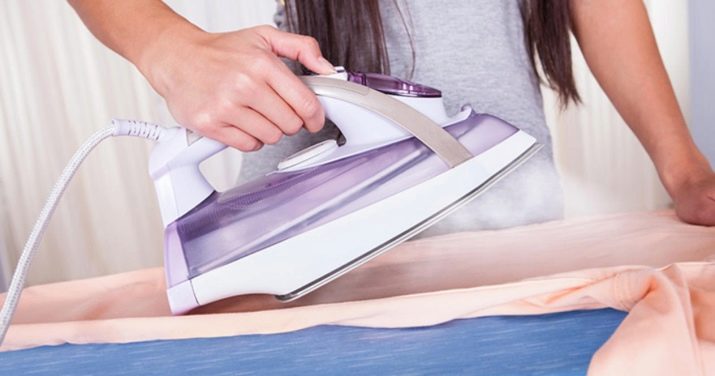
See the video below for some helpful tips on how to iron a pleated skirt.








